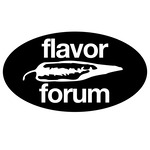ZARU
At-Bat: Zaru Udon vs. Flavor Forum
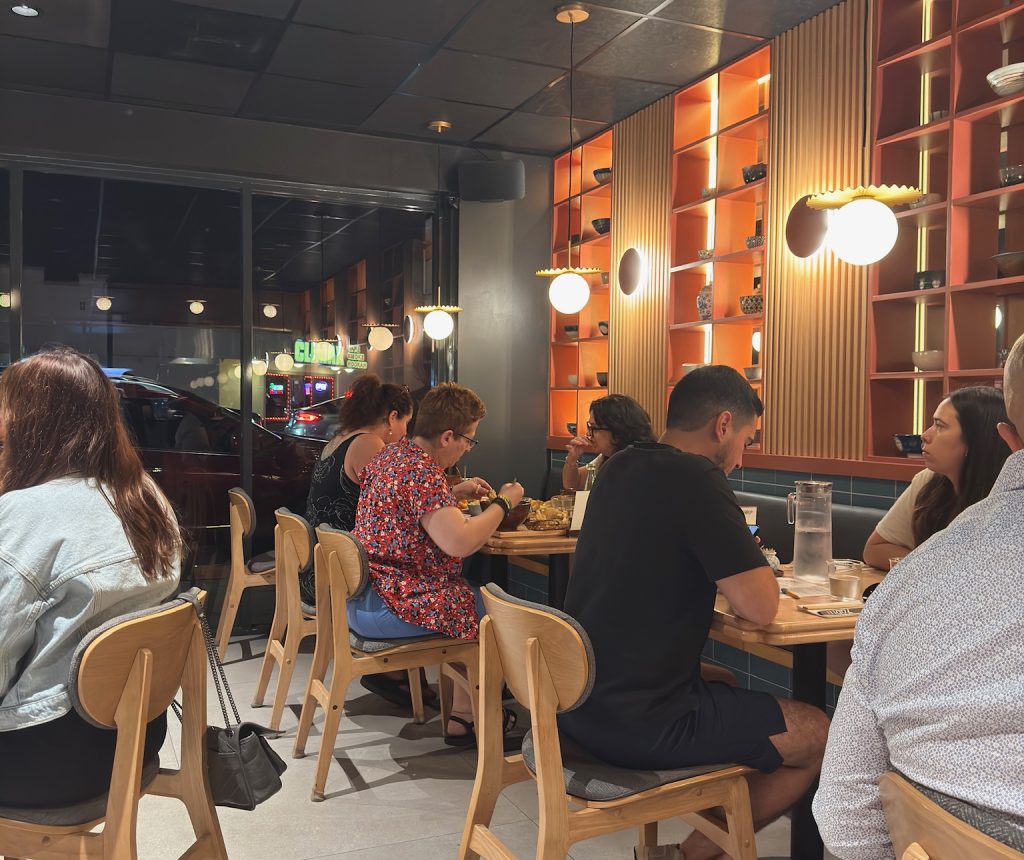
The Mills 50 “league” of competitive noodle cuisine has recently seen the introduction of a new player: Zaru Udon. After soft launching in the Fall of 2024, the restaurant’s fanbase has steadily grown in popularity.
As a Michelin Guide restaurant, there was a lot of hype surrounding Zaru, just like Shohei Ohtani when he joined the LA Dodgers (see the baseball connections!). To Mills 50, adding Zaru was equivalent to adding a baseball star like Ohtani to their lineup.
Pregame:
Our initial impressions of Zaru
Interiorly, a distinct combination of warm oak furnishings and teal tiles provides a strong store identity for the restaurant to call it’s own. Dangling lamps pair nicely with the wooden seats and chairs. An open kitchen view allowed for a clear view of the creation of your meal in front of you. Where many restaurants commonly conceal the process of your food being made, Zaru’s glass paneled display allowed for an open impression. The restaurant had no intentions of hiding. They didn’t have any secrets to hold.
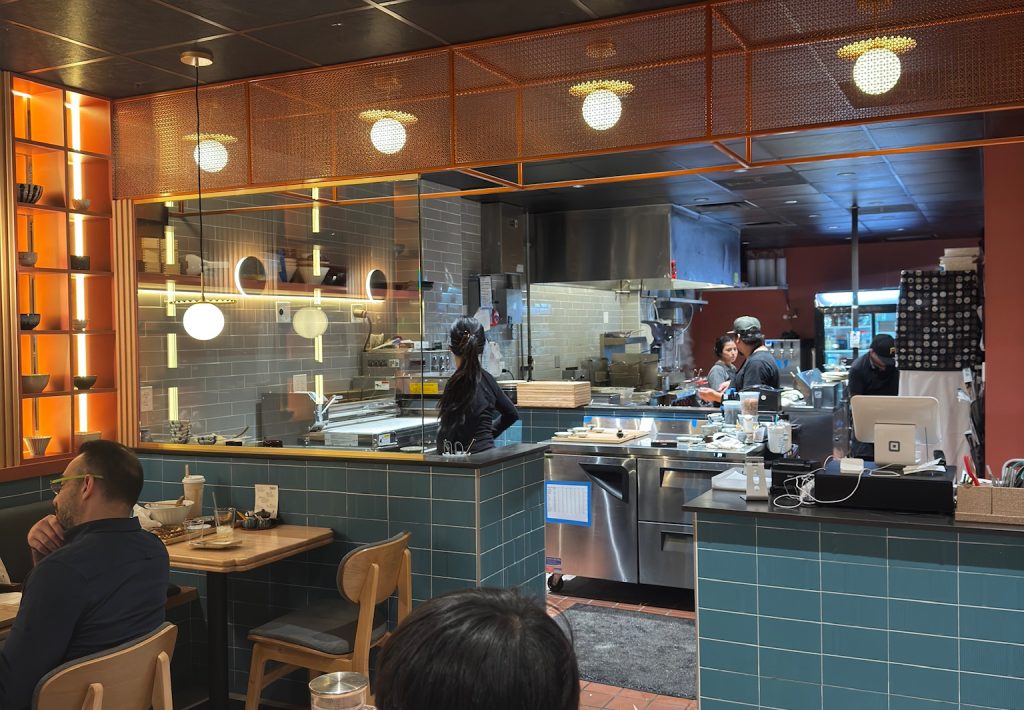
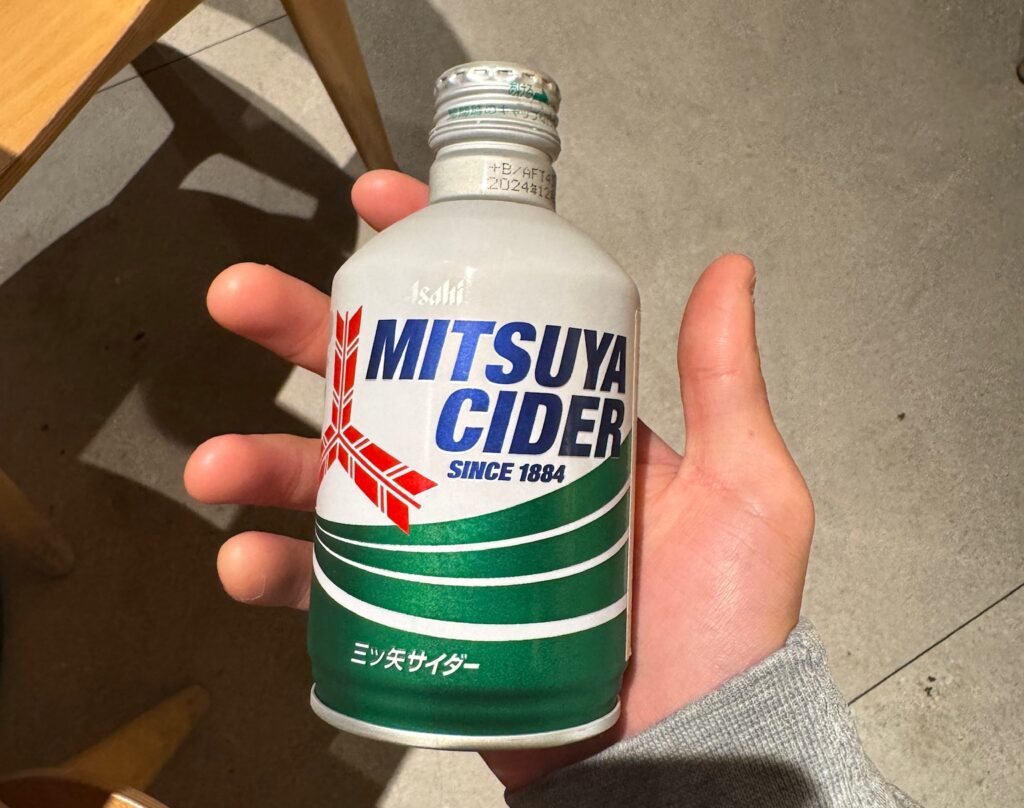
After a brief moment outside, we were warmly welcomed and seated at a table central to the store. Instead of a traditional menu, we were provided with a special tick-in list on which we could order our food. There, our attention was brought to the unique offering of beverages and appetizers, some early signs of a formidable opponent team. Instead of the now commonly found ramune soda which have been popularized in Asian-American diners, Mitsuya Cider, a local-to-Japan soda drink signified that Zaru knew what was up. They had ball knowledge—they saw Masataka’s underrated talent and signed him before anybody else. Team Zaru knew their game.
Innings 1, 2, &3:
Appetizers
Before we knew it, the game had started. A first impression of what the opponent team could do. Gyoza and Tasuta-Age Chicken gave us a baseline for the flavor palette.
Team Zaru showcased their masterful attention to detail in the latticed gyoza, with it’s thin skin and delicate lattice. The filling of the gyoza was positioned as the star of the show. A savory yet slightly-peppery pork and vegetable bundle made for the perfect pairing to a sesame oil soy sauce dip.
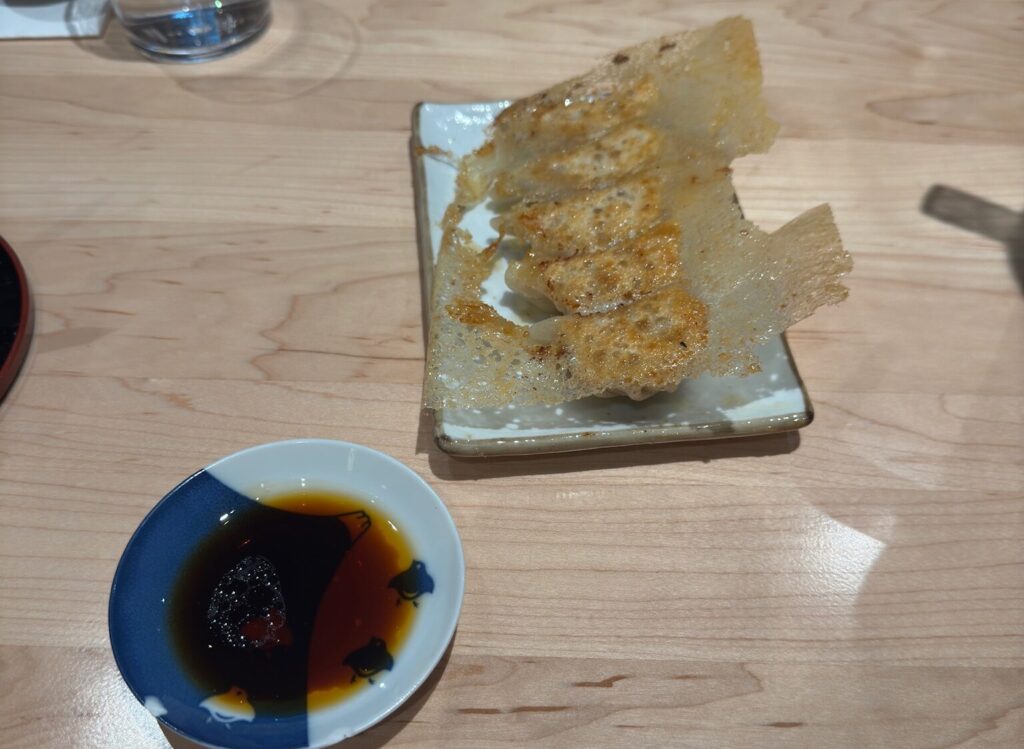
The provided spice and the Tasuta-Age fried chicken already form another great combination. However, adding lemon to the mix creates the perfect trio just like Shohei Ohtani, Mookie Betts, and Freddie Freeman.
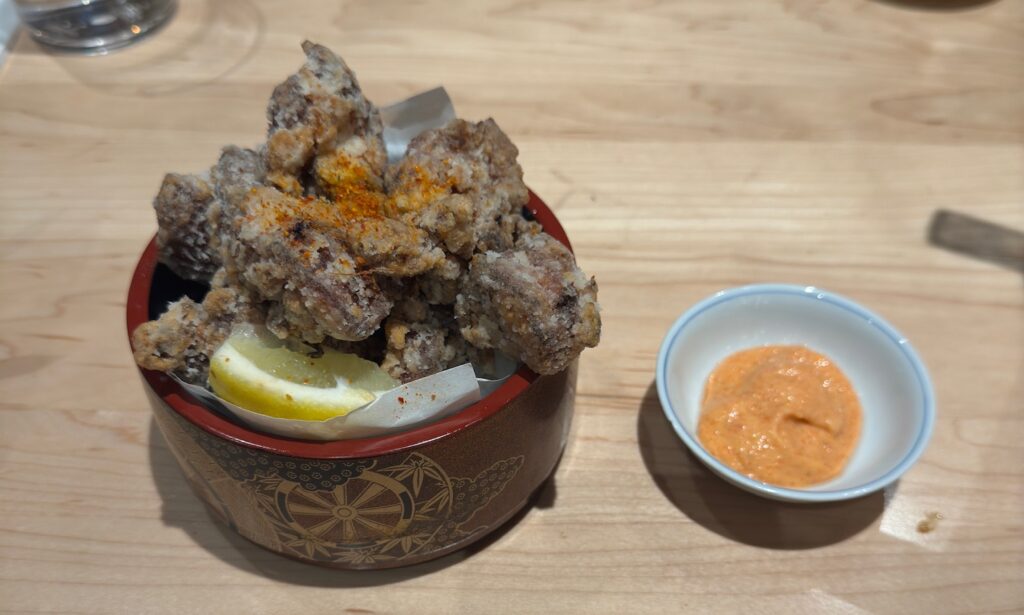
Innings 4, 5, &6:
The game heats up
This is where the game begins to get more serious. When our appetites were at their peak, the noodle prospects arrived on the scene. Suddenly, the new challengers had been placed in front of us: Zaru’s two star players—Nikutama and Mentaiko Tsukimi Udon.
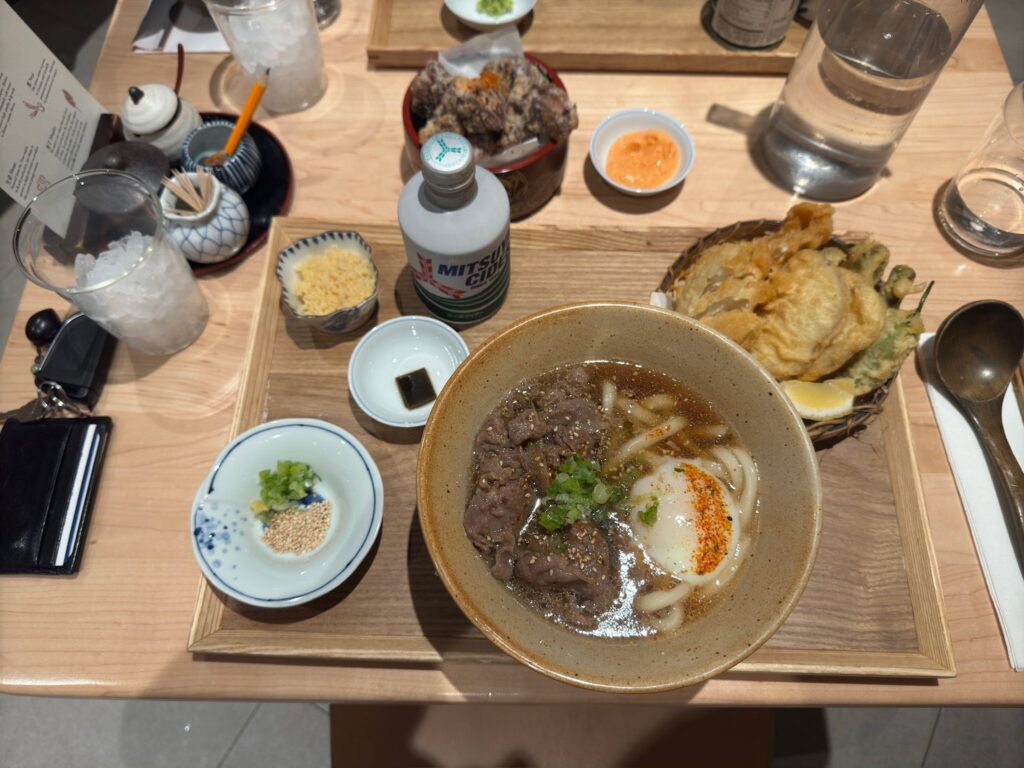
Defined by glimmering globules found in the soup broth, Nikutama’s appearance did not resemble the often greasy and heavy-looking nature of, say, a poorly constructed tonkotsu ramen. Its broth was transparent in a crystalline manner, evoking airy first impressions. Furnished with an onsen egg (somewhat resemblant of Gudetama), thinly sliced beef, and sesame and scallion garnish—Nikutama’s potential to be a great dish was similar to its broth. Clear. A solid player with lots of promise.
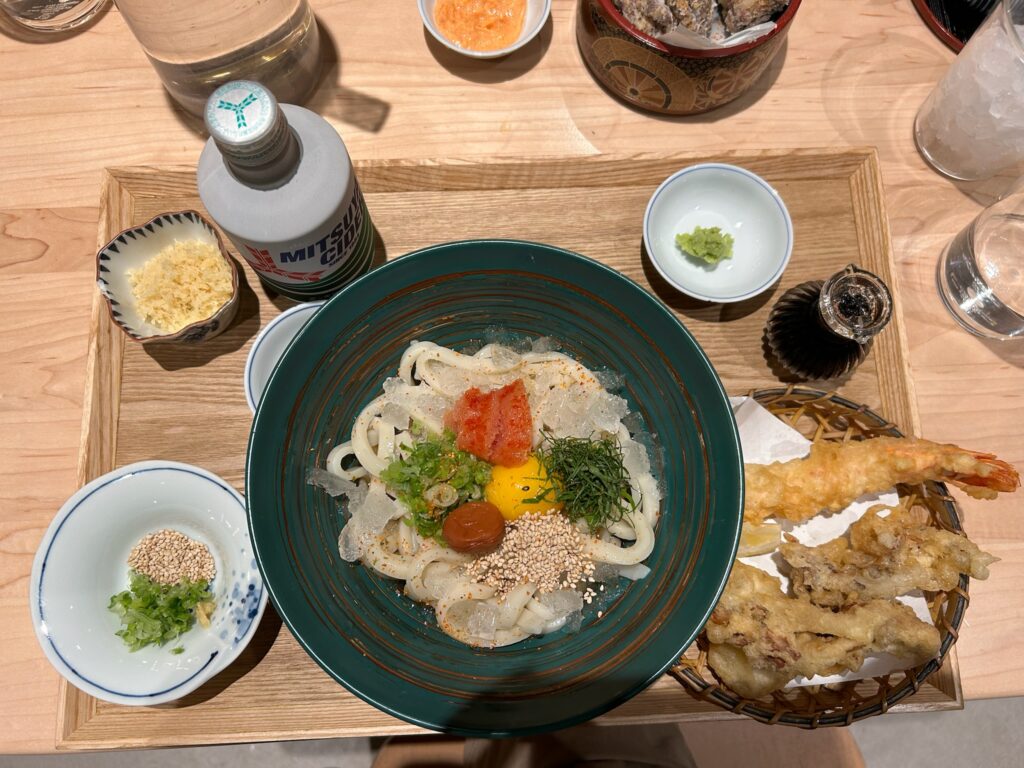
Mentaiko Tsukimi Udon’s game is a bit unconventional. While most udon is served hot in broth, Zaru’s Mentaiko Udon is served cold without broth. Most scouts would have written off Mentaiko Udon’s style as too unusual and fail to even offer it a “tryout” for their team. However, just because it’s a bit different doesn’t mean the dish overall tastes any worse. For example, left hand pitchers in the MLB often prove to be just as, if not more valuable as right-hand pitchers. In fact, the cold-nature of the udon might offer a refreshing change of pace to the udon game. The dish offered a colorful, neat combination of a bright yellow egg yolk nestled perfectly between a family of other toppings all on top of the udon noodles. When all the components of the udon are this high quality, it’s very hard to pass up on.
Innings: 7, 8, &9:
A great game
Zaru leaves plenty of room to experiment with flavors. When you receive your set, you won’t just receive the udon noodles. Just like when the Dodgers signed Shohei Ohtani, they didn’t just get a great baseball player. The Dodgers also got a great marketing tool, a slew of Japanese viewers, and a great locker room presence. In the Zaru udon set, you get bonito flakes, kombu (seaweed), negi (green onion), shoga (ginger), and spice on the side, allowing you to mix and match the flavors.
Every great baseball team has a closer. So does Zaru. The tempura was a perfectly fitting end to our meal. Chicken, pepper, onion, mushroom, sweet potato, and shrimp tempura—the outside of each tempura was extra crispy, and the satisfying crunch when you bit into the tempura is to die for.
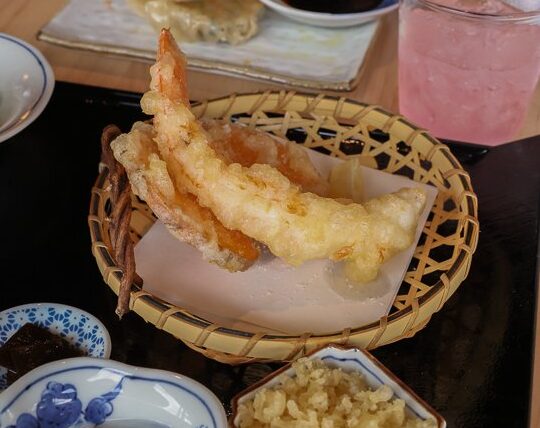
Postgame:
A retrospective look
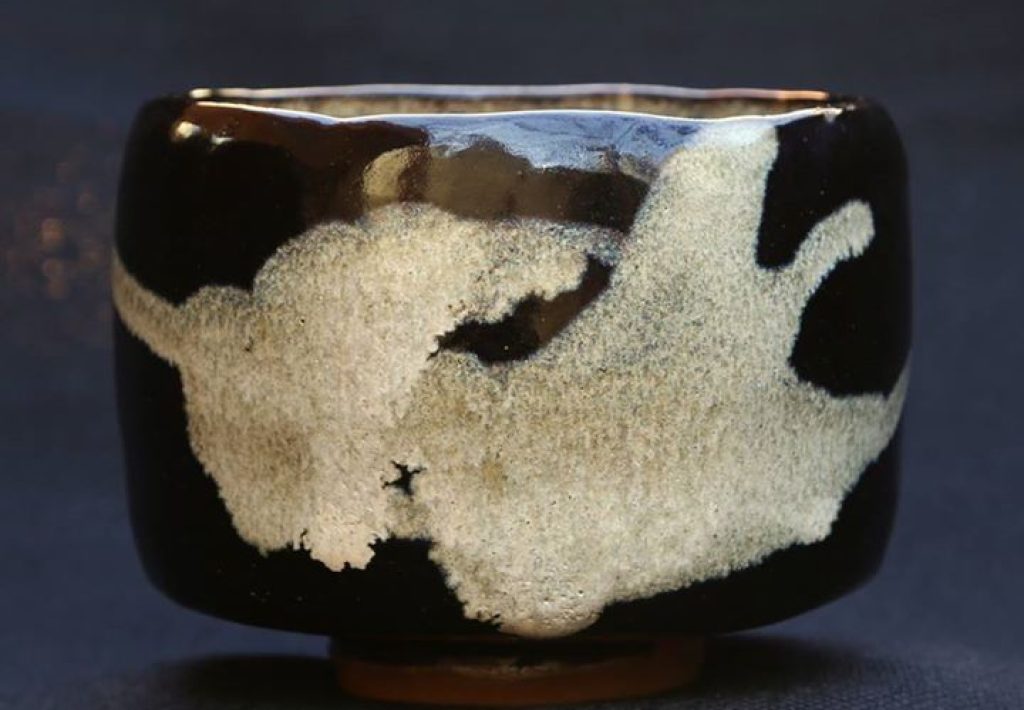
Originating in China, udon has been the subject of a long-standing cultural dispute. Similar to China’s attitudes towards other customary foods such as Kimchi, it has repeatedly been claimed by China as theirs.
This proprietary attitude towards cultural constructs is unjust however. A food like an udon noodle bowl should not be looked at as black or white; in other words it’s not just China’s or Japan’s. Because of its historical value, udon is an ever-evolving dish that finds its shape through the personality and lived experience of its chef. The udon that Zaru serves is one of many Japanese iterations of the more general, overarching noodle dish characterized by its thick, chewy texture.
Ratings:
Quality: 20/20
Experience: 18/20
Food presentation: 10/10
Atmosphere: 9/10
Staff: 10/10
Side dishes: 10/10
Selection: 8/10
Pricing: 4/10
Flavor Forum Rating: 89/100
